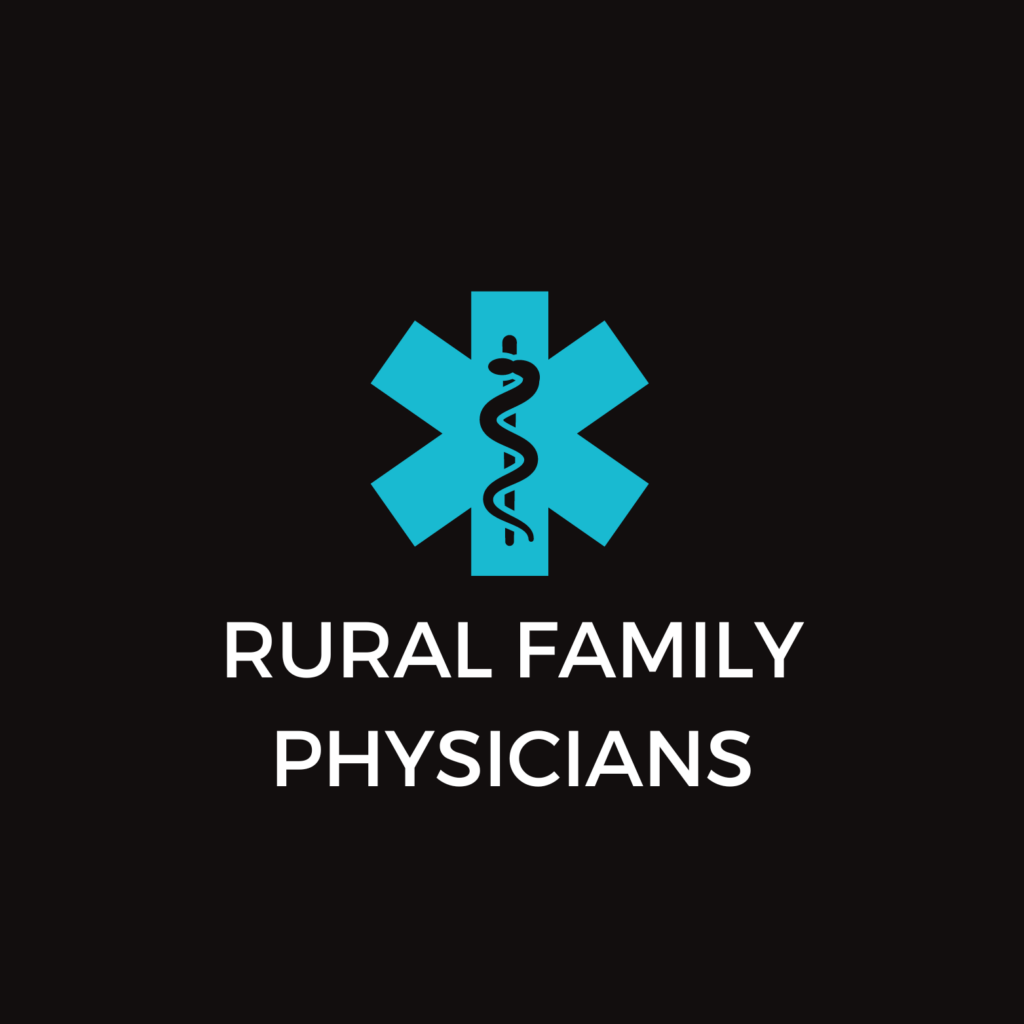CEO Update: Happy New Year!
 At the start of a new year, we once again have the opportunity to evaluate our goals and set our intentions for the upcoming 12 months. This year one goal has remained steadfast for me and that’s ensuring rural communities have information, education, linkages, and tools to assist in addressing rural health issues. One of the key strategies we use to accomplish this is by producing the Snapshot of Rural Health.
At the start of a new year, we once again have the opportunity to evaluate our goals and set our intentions for the upcoming 12 months. This year one goal has remained steadfast for me and that’s ensuring rural communities have information, education, linkages, and tools to assist in addressing rural health issues. One of the key strategies we use to accomplish this is by producing the Snapshot of Rural Health.
The Snapshot of Rural Health is NOW AVAILABLE! This year new data and information have been added and it’s expanded from 82 pages to 104 pages! That’s 104 pages of rural health data that can be used for advocacy, for grants, and for education. Can you tell I’m excited?!
One change you’ll see this year is that the Federal Office of Rural Health Policy has modified their list of areas eligible for rural health funding, which now includes Elbert, Teller, Clear Creek, Park and Gilpin counties. Of Colorado’s 64 counties, 47 are considered rural or frontier representing 12% or 716,208 people, a 3.5% increase from 2022 – 2023. The fastest-growing rural counties are Custer (3.7%), Dolores (2.2%), and Chaffee (1.7%). Twenty-one percent of the rural population is 65+ and the top five rural counties with the highest percent of 65+ people are Custer (36.6%), Huerfano (33.6%), Mineral (33.5%), Hinsdale (32.6%), and Ouray (31.5%). In 2022, the race and ethnicity of rural Colorado was: 1.4% Black or African American, 1% Asian, 1.5% American Indian and Alaska native, 0.1% Native Hawaiian and Other Pacific Islander, 22.4% Hispanic and 72.1% non-Hispanic white. Minority population growth (2020-2022) was 5,765 people in rural Colorado. Thirteen percent of the LGBTQ+ population lives in rural Colorado. Nearly 8% (7.7%) of the rural population over 18 are veterans and 56% of those veterans are 65+.
We are so fortunate in rural Colorado to have 32 critical access hospitals, 12 rural prospective payment system hospitals, 55 federally certified rural health clinics, 82 federally quality health centers, 20 community health centers, and approximately 67 rural clinics. These amazing rural healthcare providers are serving more people that are covered by Medicare and Medicaid than their urban counterparts. This is due to lower incomes, higher rates of people aged 65+, higher costs of private insurance, and less private coverage options in rural Colorado. The importance of supporting public insurance programs like Medicare and Medicaid is critical to the survival of rural people and the healthcare facilities providing their care.
In February I will be attending the National Rural Health Associations (NRHA) Policy Institute and will have the Snapshot of Rural Health in hand as we meet with the Colorado delegation to share the strengths and value of rural health facilities and how important they are to our rural people and rural communities.
As the 2025 NRHA Board Chair I encourage you to get involved and join the NRHA Policy Institute https://www.ruralhealth.us/events/schedule/rural-health-policy-institute





